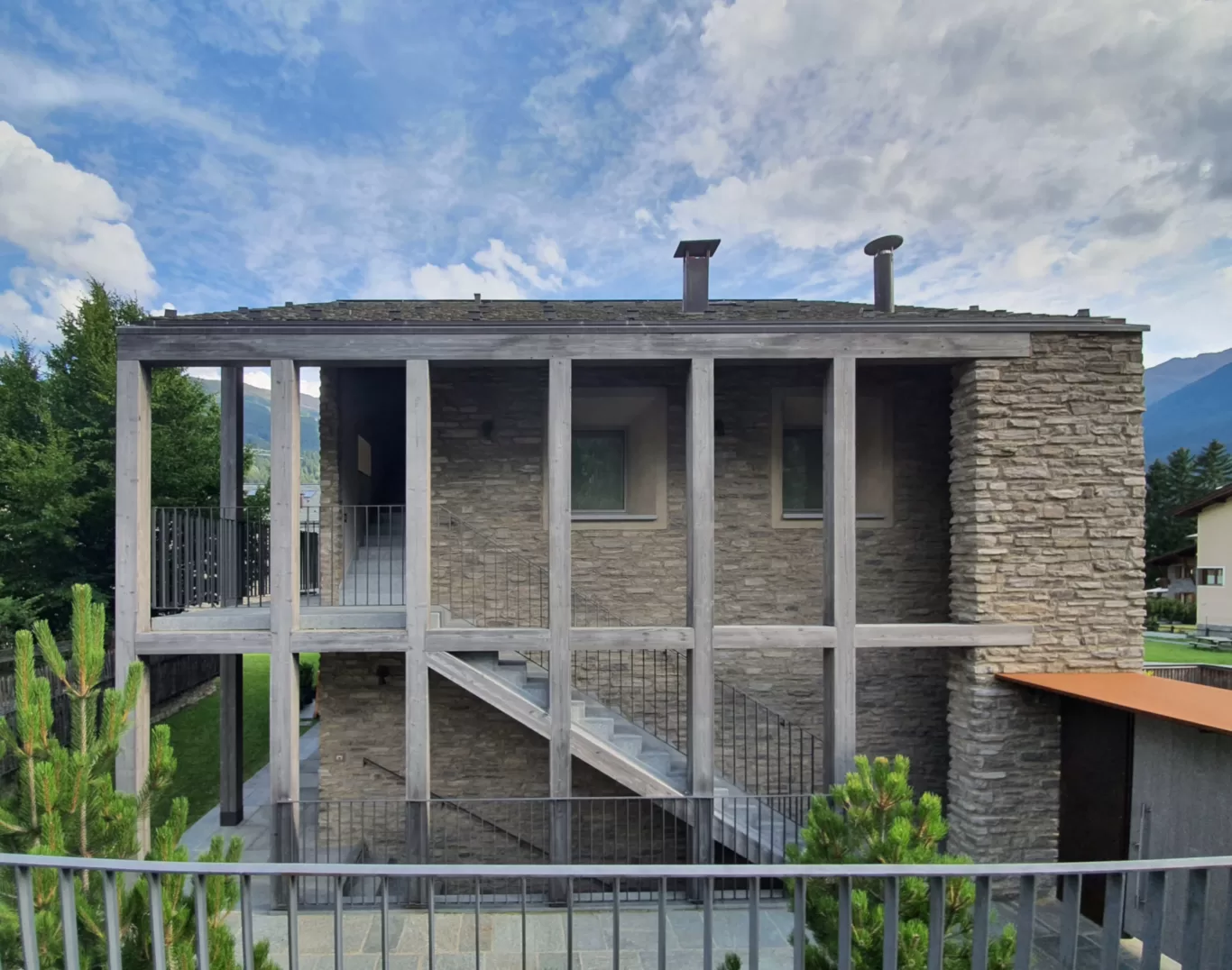
Why Passivhaus?
Arguably the best comfort standard in the world, with energy costing 1/10 compared to typical levels, tried and tested over 30 years, and 100% science-based.
The construction cost is approx. 10% more than a standard building, giving a great return as a long-term investment.
Key Benefits
I. Energy efficiency
Airtight and well insulated envelope ensures a minimum heat loss, using 90% less energy than a typical building.
II. Comfort Standard
Internal areas are free from draughts and cold spots, without excessive over heating and almost no temperature variations.
III. Healthy environment
Ventilation provides a constant supply of fresh air with pollutants and odours removed from the building.
Passivhaus KEY Principles
1. Insulation
The rate of transfer of heat through any building element should be around U=0.1W/m2*K.
For reference, Building Regulations current requirements are 0.18-030 W/m2*K
Passivhaus KEY Principles
2. Airtightness
The maximum air changes per hour is 0.6.
For reference, Building Regulations current requirements is 5 airchanges/hour.
Passivhaus KEY Principles
3. No Thermal Bridges
Attention to detail to avoid any heat escaping through more thermally conductive elements.
Passivhaus KEY Principles
4. Superior Windows
The rate of transfer of heat through an installed window should be around U=0.85W/m2*K
For reference, Building Regulations current requirements are 1.4 W/m2*K
Passivhaus KEY Principles
5. Ventilation with Heat Recovery
To provide a constant supply of fresh air, whilst efficiently recovering most of the evacuated heat.
Passivhaus numbers
| Heating Demand | 15 kWh/m2*yr |
| Peak Load | 10 W/m2 |
| Temperature difference inside | max 2 °C |
| Internal average temperature | 20-25 °C |
| Amount of time with temperatures over 25°C | max 10% (over a year) |
| Primary Energy Demand | max 120 kWh/m2*yr |
| Airtightness at 50Pa (both pressurised and depressurised) | max 0.6 airchanges/hour |

